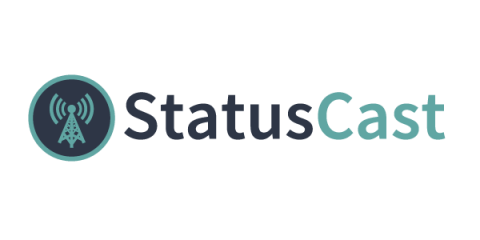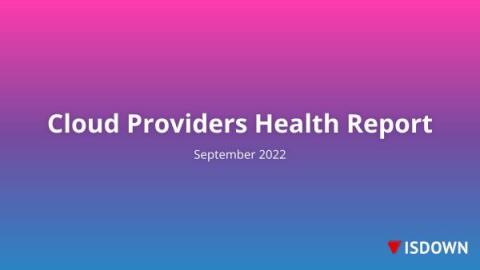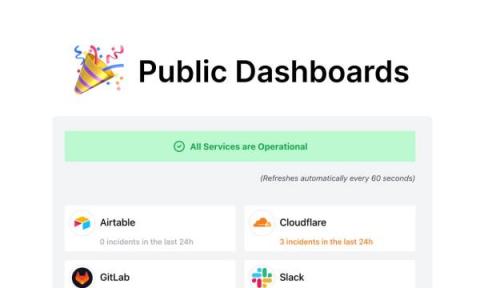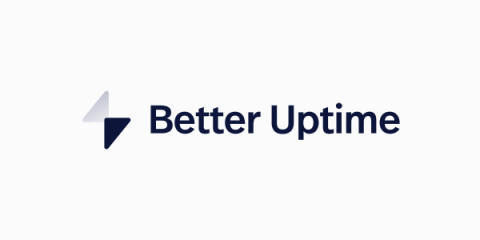Incident Management and Status Pages for Enterprise IT Departments
The Incident Management and Status Page solution that lets you organize your enterprise IT team and communicate with users for a coordinated response that restores services rapidly. StatusCast works as an Incident Management platform to increase employee productivity inside organizations. There’s a lot you can do with StatusCast status pages to create the brand look you are seeking.











